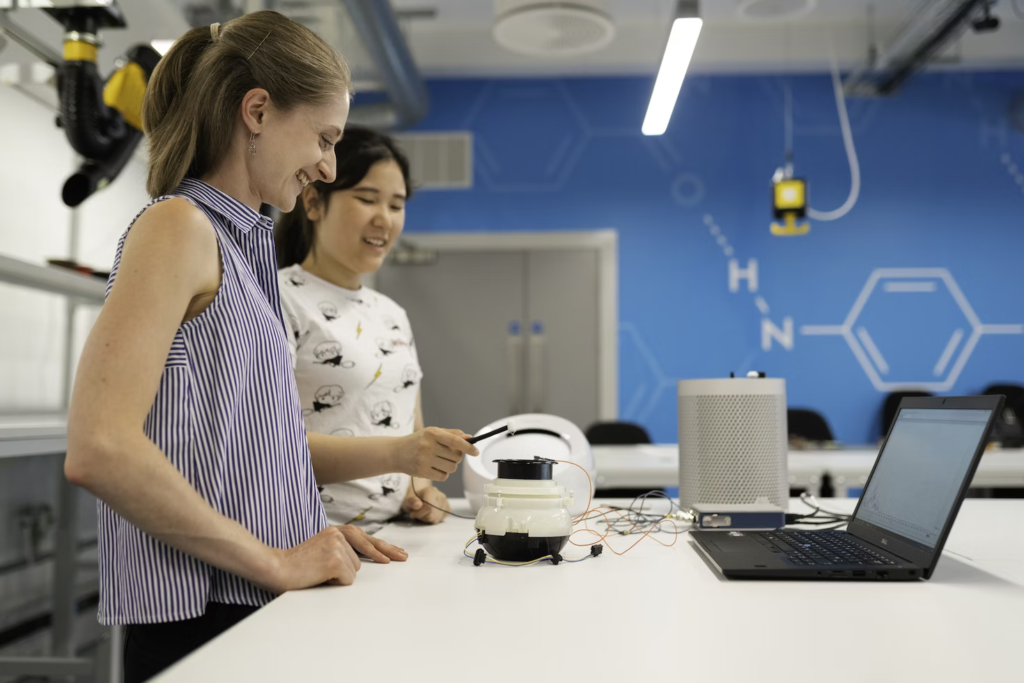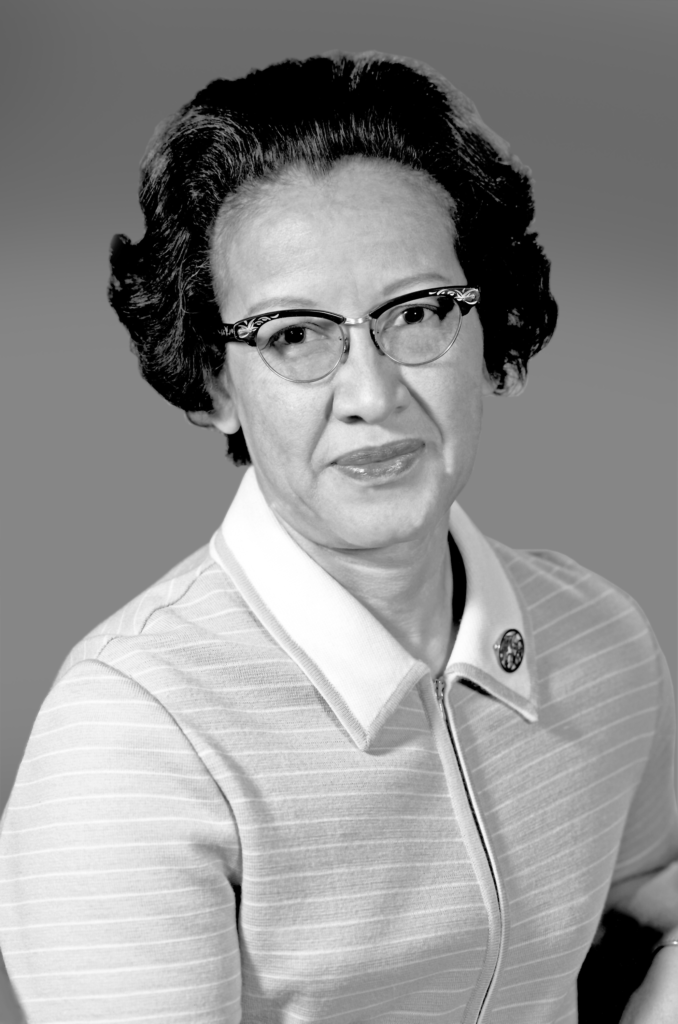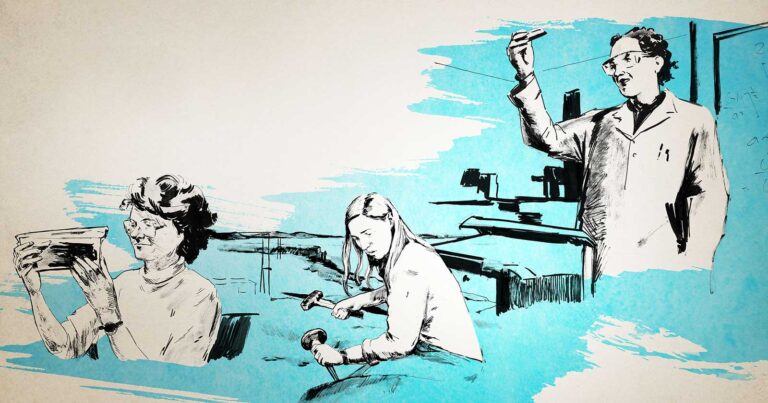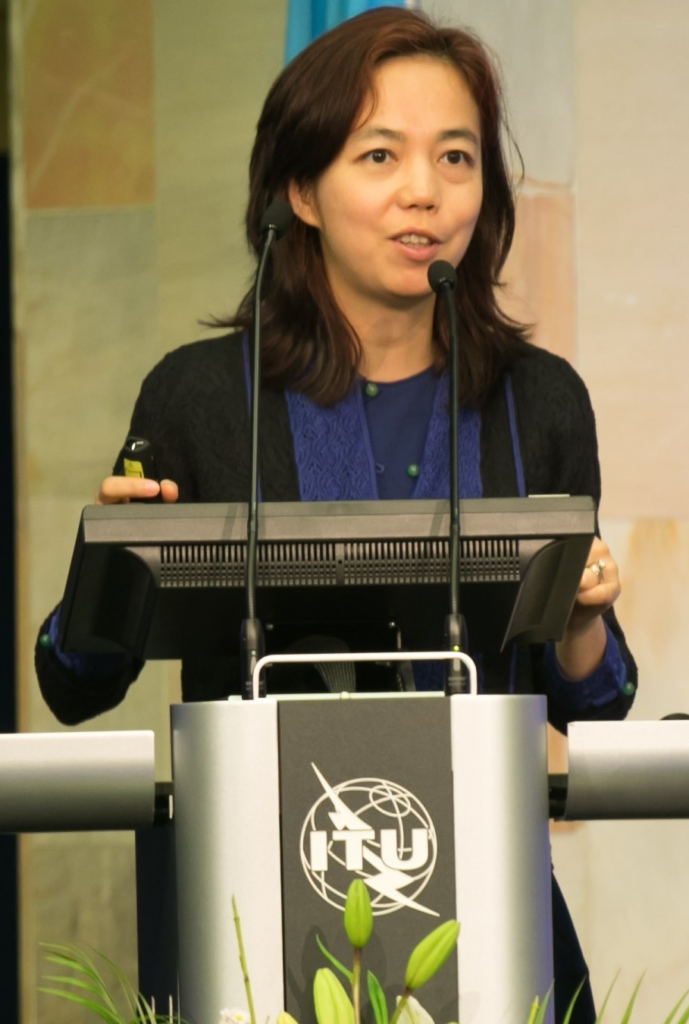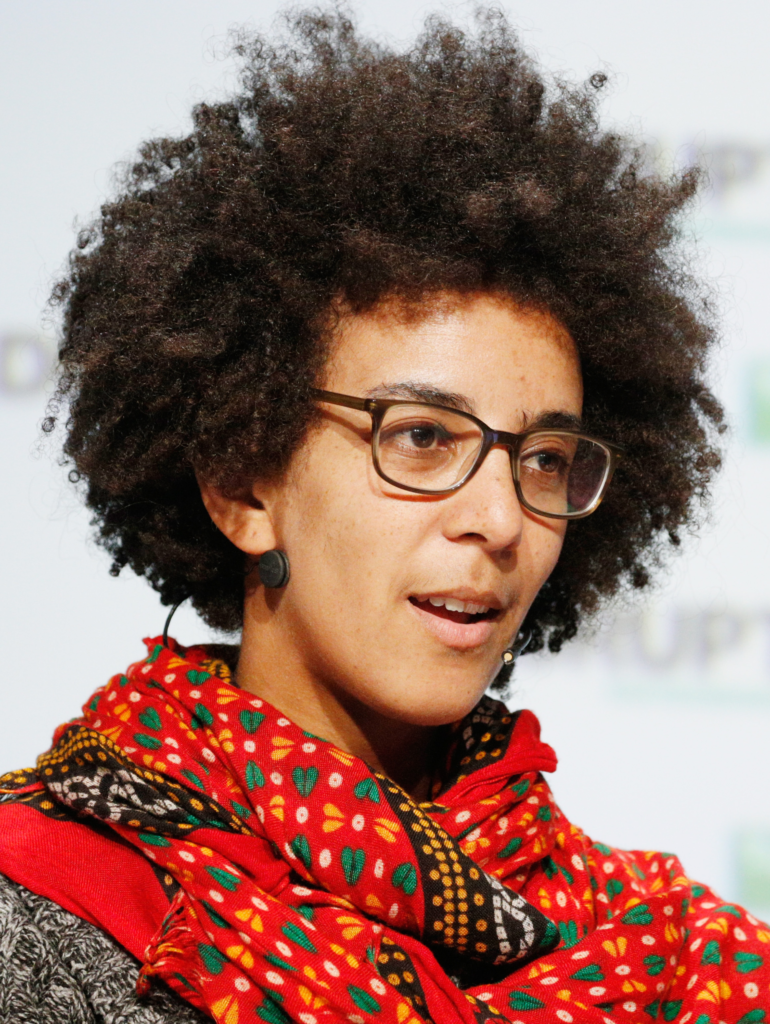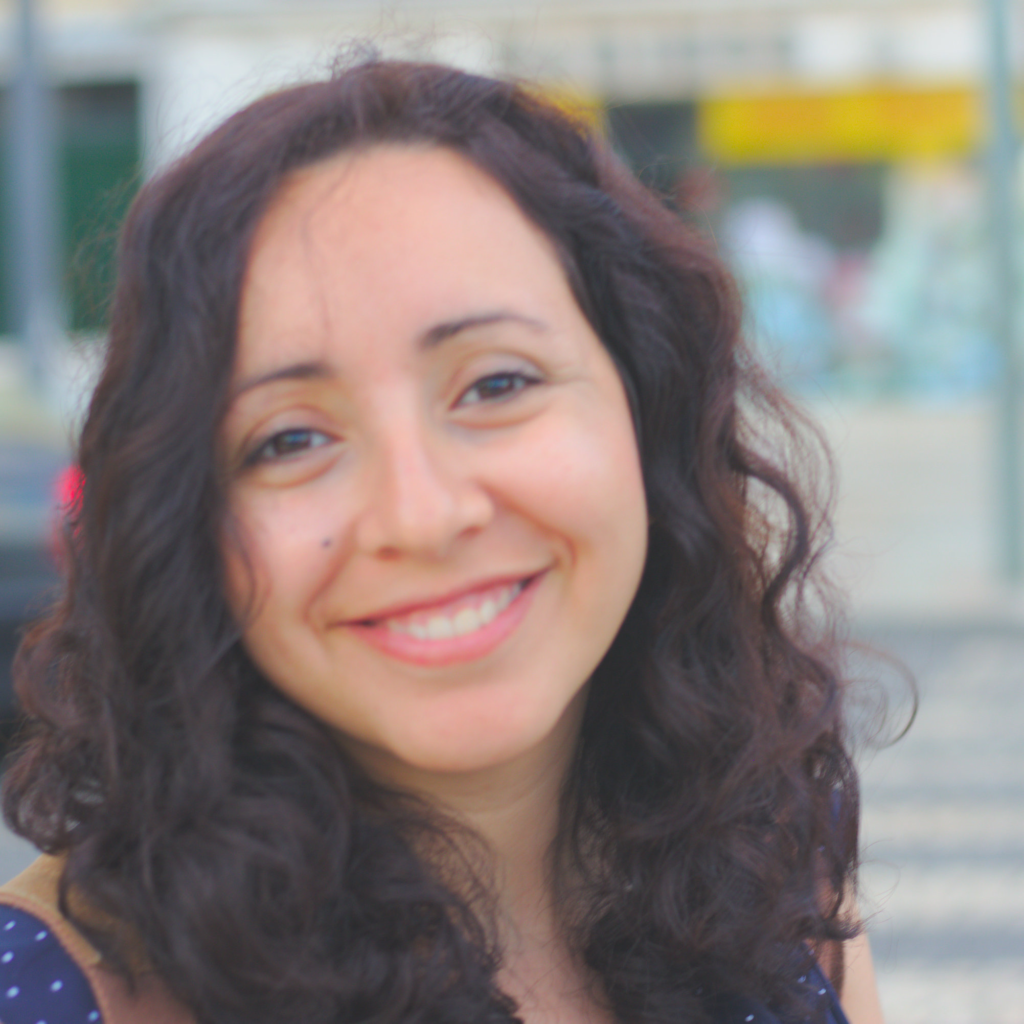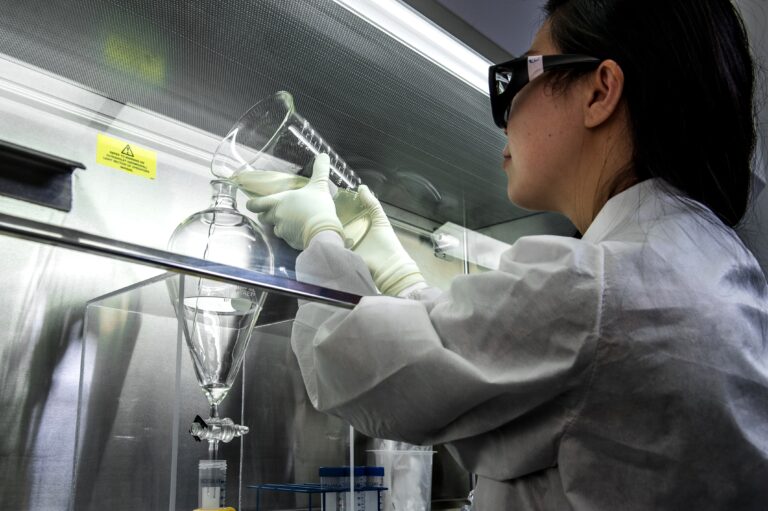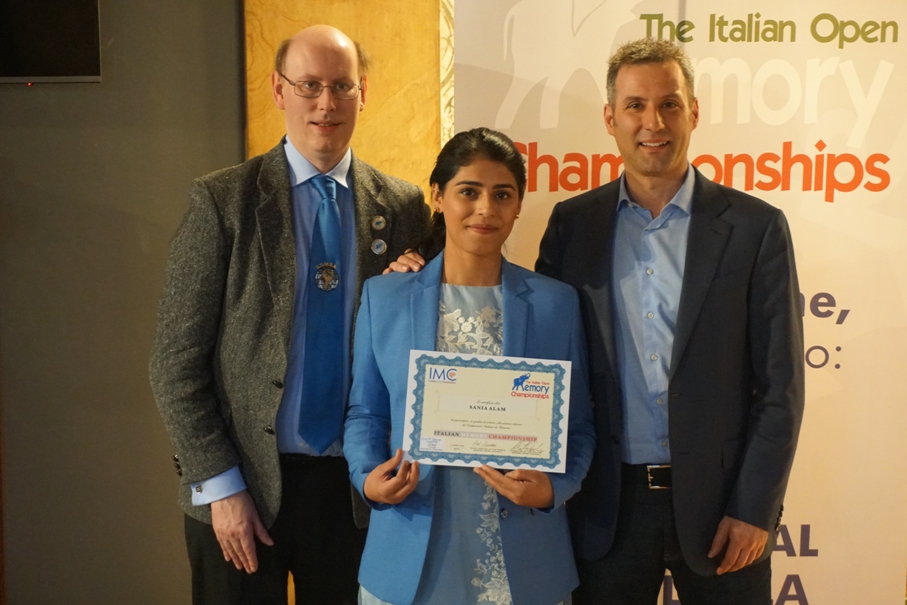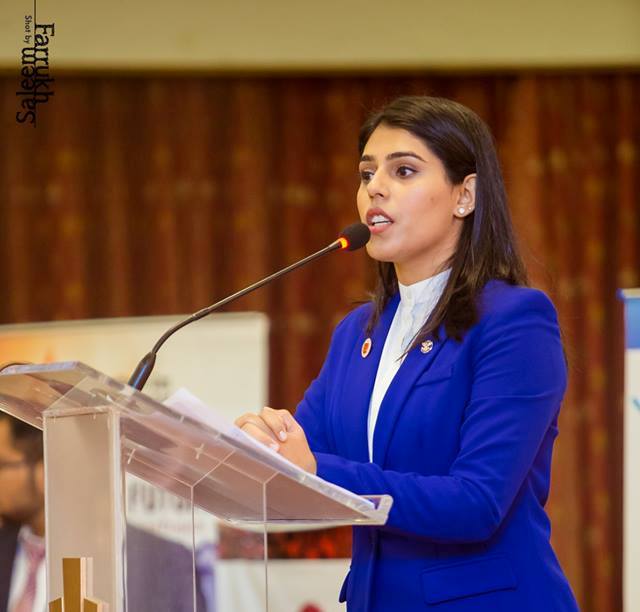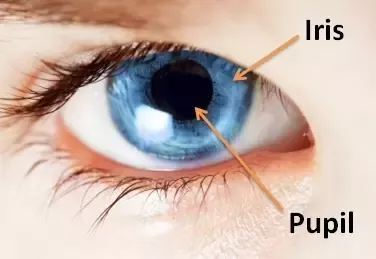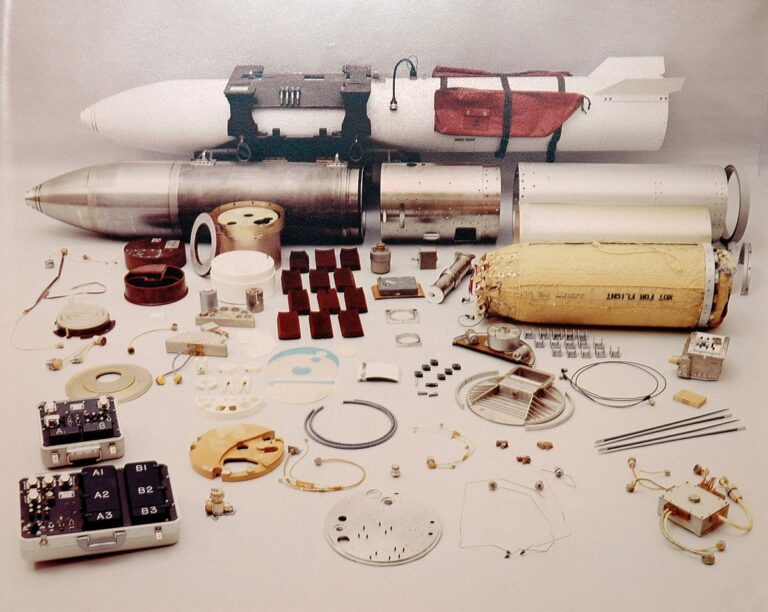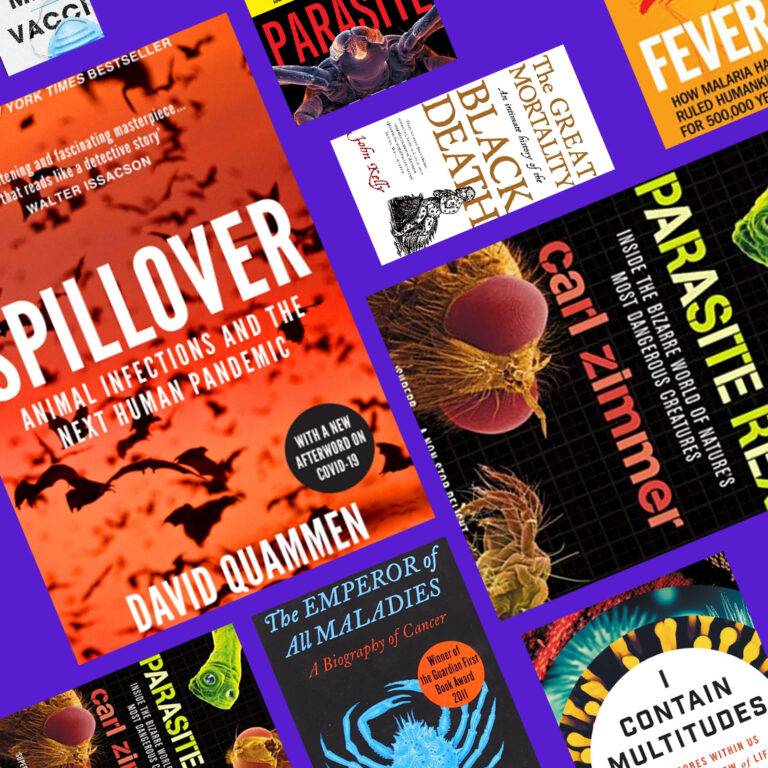I know what you’re thinking: Is there even a question of modern Medicine’s superiority? This is a well-settled debate—a moot point to most of us. We have entered and acclimated to an era of modernity in almost all our lives, and Medicine is the first. Since Pasteur ended the theory of spontaneous generation nearly two centuries ago, traditional Medicine has all but died out except in the most remote parts of the world.
But in a world of modern Medicine’s hegemony, there now exist pockets of darkness that few of us can deny. Around us, we are witnessing a change in attitude towards this complete dependency on modern Medicine to solve our aches. The recent rise in the popularity of herbal and organic Medicine attests to this.
What does “Traditional Medicine” really refer to?
Traditional Medicine is a term that encompasses a vast number of medical disciplines and arts. It varies in shape, form and methodology from place to place. Its diversity in the cures for a particular disorder, the source of the medication and even the philosophy behind the practice lends traditional Medicine so much of its success.
You see, the traditional Medicine of one locality can be wildly different from another and still manage to achieve the same rate of recovery in its patients as the other. This is mainly because local diseases are best treated with local resources. If nightshade populates a particular locality, its cures abound in the same region, and the ecosystem would have collapsed a while ago.
With such a broad definition of traditional Medicine, it includes any medicinal arts practised in all parts of the world, relying strictly on plant or animal-based organic Medicine. This means herbal, Hippocratic-greek, ancient Chinese and Indian or ayurvedic Medicine are all considered traditional medicinal practices.
Antidepressants can aggravate suicidal tendencies in an individual along with insomnia.
Defining “Modern Medicine”
Modern Medicine is characterized by a focus on isolating substances that are considered to help alleviate disease symptoms. This intense pursuit of extracting the miracle drug from seemingly impure sources has dominated the field of Modern Medicine. If a plant or animal tissue is found to have a substance that produces positive results in battling symptoms, the set goal is to separate the desired substance and discard the rest.

Why this approach is problematic?
You may be asking this question: If it has worked for a century and a half without any hiccups, why challenge it now? The correct answer is that there have been hiccups and quite a lot of them. Let’s look at them together.
- Unwanted Side-effects
This is the most commonly known issue with modern Medicine. There is barely a drug out there that does not produce some side effect in its consumer, whether noticeable or not. Almost all drugs in the modern pharmacist’s arsenal, from the ones we use daily and freely to those only employed under exceptional circumstances, produce some degree of changes that are not originally intended.
Sometimes, these changes are harmless on a biological level, like drowsiness caused by muscle relaxers. However, more often than not, the side effects are concerning, like weight loss caused by corticosteroids or skin rashes caused by amoxicillin. In both cases, the medication used is relatively common, with amoxicillin even being available over the counter in most places.
- Antibiotic Resistance
Staying on the topic of unwanted side effects, antibiotic resistance is perhaps the worst nightmare of anyone familiar with pharmacology. In short, antibiotic resistance occurs when bacteria develop an innate resistance to a particular antibiotic that had previously managed to eliminate them.
It works like this: someone takes a dose of antibiotics to fight off a bacterial infection. The dose is enough to kill 99% of the bacteria, but as always, some survive. This is particularly likely if the patient misses the last few doses of the antibiotic, thinking the first few will do the job.
Bacteria divide very quickly and evolve with each successive generation. So, it doesn’t take long for the surviving bacteria to grow to withstand the usual antibiotic dosage. As expected, the bacterial infection returns, more robust and unaffected by the previous antibiotic dosage. The patient administers a higher dosage but fails to complete the antibiotic course again because of early success.
The cycle repeats until the bacterial strain becomes virtually immune to the drug. In a short time, this has created a population of bacterium that is impossible to fight off with the usual or even lethal doses of medication. Unless a new antibiotic can be found, the rogue bacteria can threaten to wipe off the entire population that is vulnerable to its infection.
The easy availability of high-potency antibiotics worldwide, sometimes without even the need for a prescription, is only accelerating this process.
- Effects on mental health
Modern Medicine is in no way holistic the way traditional Medicine was. In a race to administer the purest form of a drug, modern Medicine throws the normal metabolism wildly out of control. It’s like trying to eat the pizza sauce without the pizza or drinking pure vinegar instead of salt and vinegar chips; it is not a pleasant experience.
The drugs are present in an entire lattice-work of substances, working in harmony at their source, a plant or an animal. In their natural state, the medications are strictly regulated in production and operation. Not so when a drug’s pure and isolated form is introduced into a body. The result is a series of damaging developments around the body, most noticeably in the brain.
While specific medication is known to make people less sociable, drugs like antidepressants can aggravate suicidal tendencies in an individual, along with insomnia and even sexual dysfunction. Corticosteroids like prednisone, used in treating asthma or allergies, can cause anxiety and hypomania in its early days and cause depression or psychosis if used for extended periods.
- Big Pharma
The sad reality of today’s world is that almost all life-saving and innovative drug technology is owned by a handful of giant capitalist conglomerates, which use this privilege to extort the most profits and influence worldwide. The most prominent example of this is Insulin, the patent for which was sold for just $1 a hundred years ago in an attempt to make this life-saving drug available for everyone.
Today, companies that own the patents sell the drug for upwards of $300 per vial. The average insulin user pays somewhere in the ballpark of $1000 every month so that he can live to see another such month.
The past few years of the COVID-19 pandemic saw the behemoths of the pharmaceutical world, affectionately termed the “Big Pharma”, including well-known names like Pfizer, Johnson and Johnson and GlaxoSmithKline (GSK), use the crisis to their advantage and rake in billions of dollars in revenue.
As countries worldwide struggled to cope with the viral infection raging inside their borders, the COVID-19 vaccines were used as leverage to gain influence and political clout.
- Failure as a complete science
Every doctor and pharmacist will admit that most of today’s medication is aimed at treating the symptoms of a disease and not the disease itself. Painkillers form a considerable part of this group. In hospitals and clinics worldwide, a patient is administered doses upon doses of antipyretics to reduce his fever(symptom). Still, the root cause of the fever is addressed much later due to a lack of understanding of fevers as a defence mechanism.

Such practices inevitably lead to high tolerance towards everyday drugs in the patient. This manifests in varying degrees of addiction and over-reliance on medication for the patient to function. Absence of the medicines from the patient’s routine causes withdrawal symptoms such as mood swings, depression, nausea and fatigue.
Conclusion
While it is true that traditional Medicine relied heavily on the practitioner’s intuition and less on inflexible rules, which may have contributed to its perception as a pseudo-science, it was also much gentler towards the patient’s health and more holistic in its approach.
Unlike modern Medicine, which tends to focus on the disease at a micro level, in traditional Medicine, the diagnosis is made at a macro scale, considering the patient’s mental and physical state in the context of his social and spiritual character. In this way, traditional Medicine is aware of the “bigger picture”, while modern Medicine arrives at that conclusion after much back-and-forth.
This litany is not controversial against modern Medicine as a science. Indeed, it is much more of a science than traditional Medicine claims to be. Instead, it should be looked upon as an enumeration of concurrent issues that are plaguing modern Medicine. Modern Medicine can learn something from its predecessor in almost all aspects listed.
A more cohesive approach towards medication that builds upon both medicinal crafts is the need of the hour, one where the singular intensity of Modern Medicine is applied towards battling the causes of a disease rather than the symptoms. One where the drugs are not as isolated from their naturally occurring forms and are administered about the patient’s holistic health and not just a singled-out organ.
*AI generates all photos
References:
- https://americanaddictioncenters.org/prescription-drugs/side-effects-of-muscle-relaxers
- https://www.goodrx.com/prednisone/prednisone-weight-gain
- https://www.nhs.uk/conditions/antibiotics/side-effects/
- https://www.ncbi.nlm.nih.gov/pmc/articles/PMC4378521/
- https://www.ncbi.nlm.nih.gov/pmc/articles/PMC3353604/
- https://www.webmd.com/depression/features/coping-with-side-effects-of-depression-treatment
- https://www.drugwatch.com/prednisone/side-effects/
- https://www.somo.nl/big-pharma-raked-in-usd-90-billion-in-profits-with-covid-19-vaccines/
Also Read: FEMALE EDUCATIONAL LEADERS IN SCIENCE AND TECHNOLOGY


